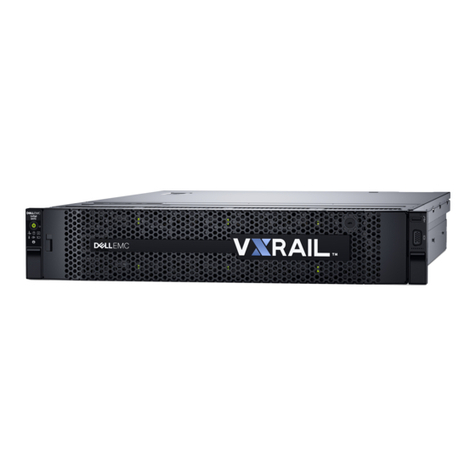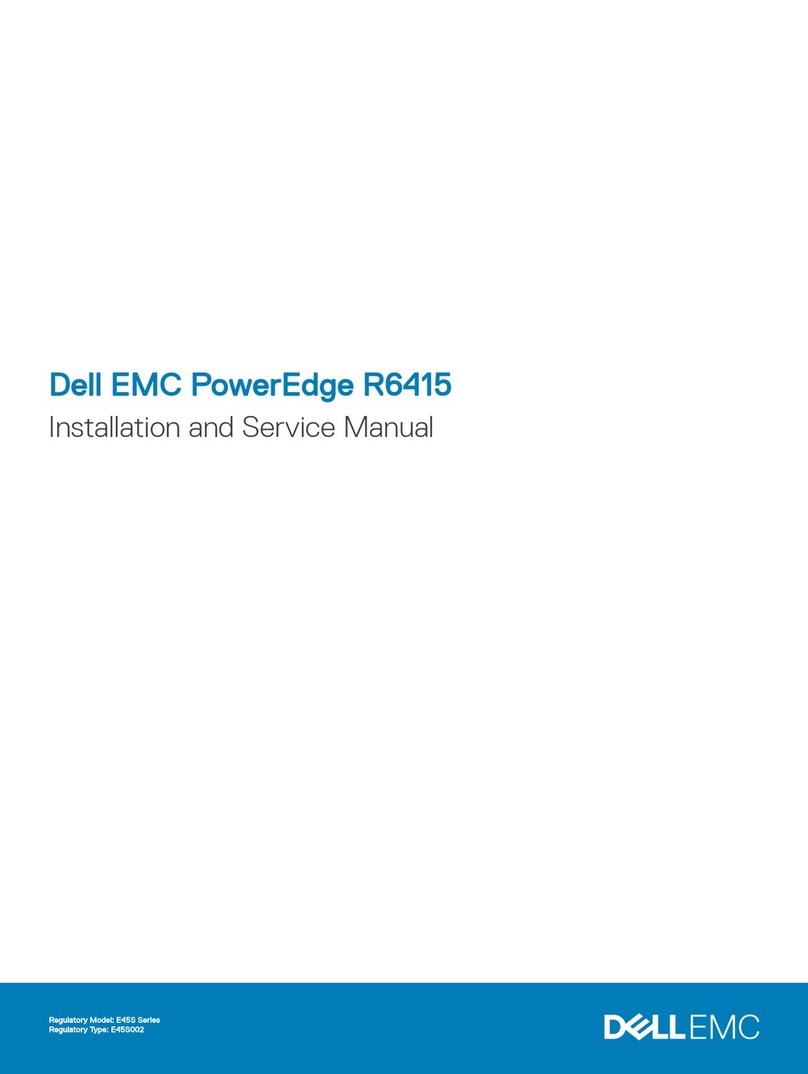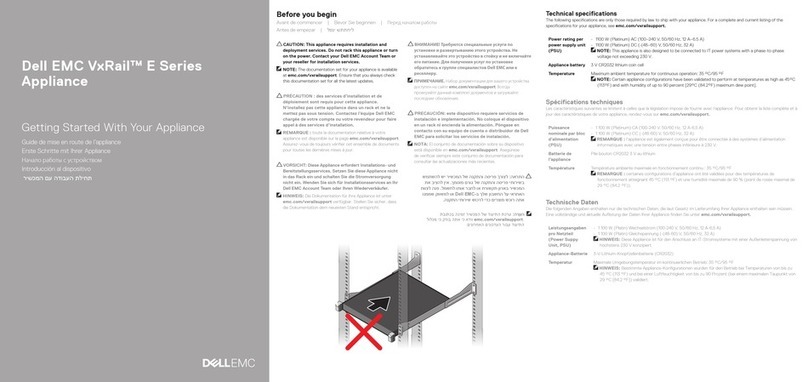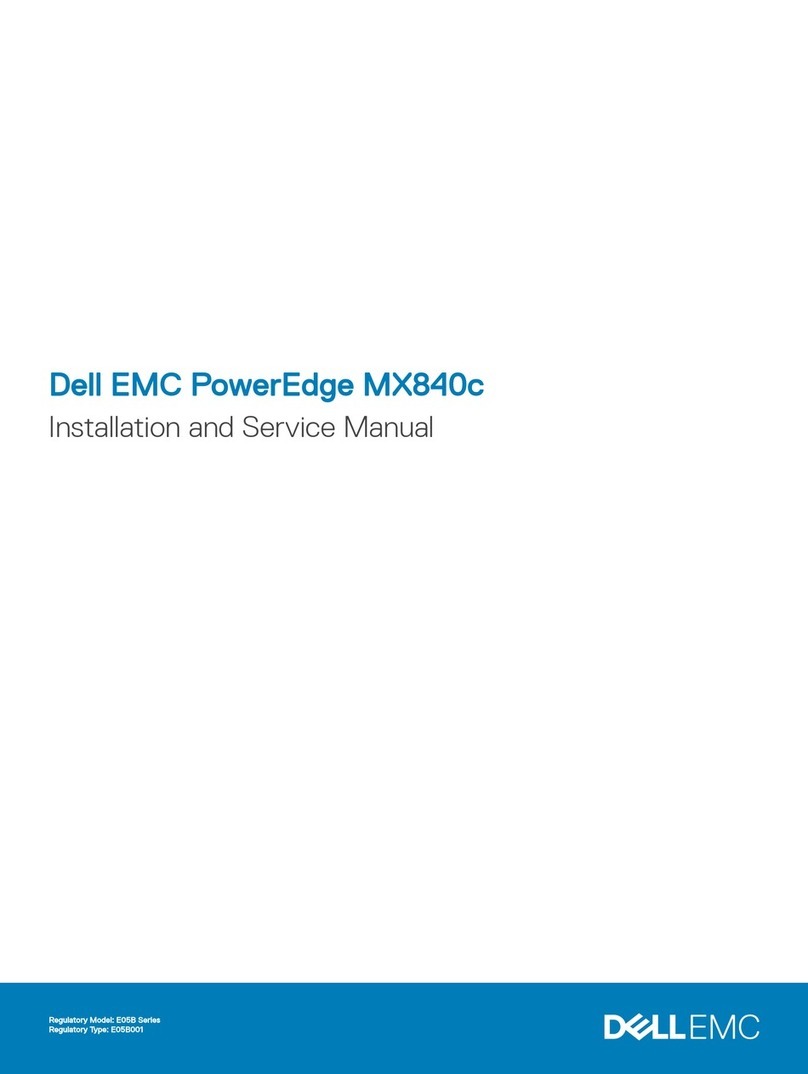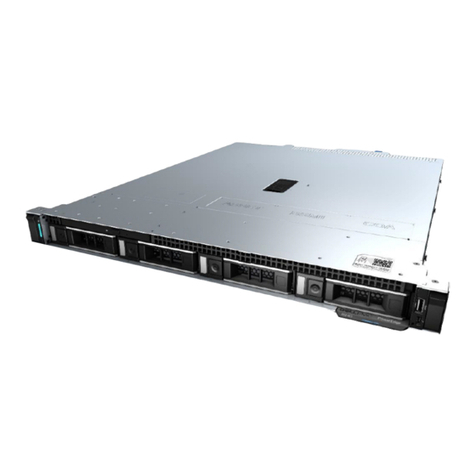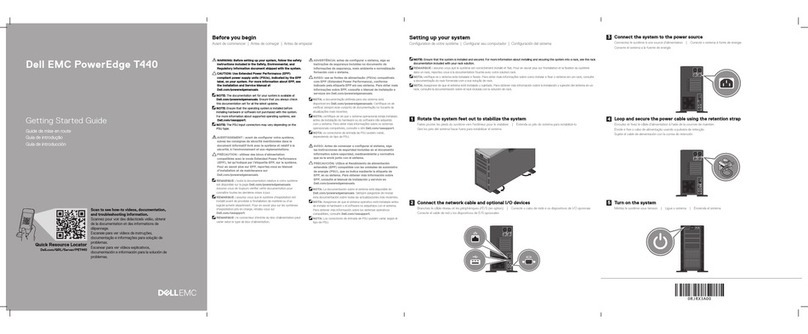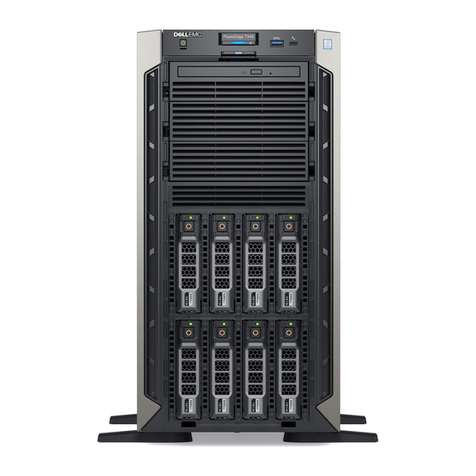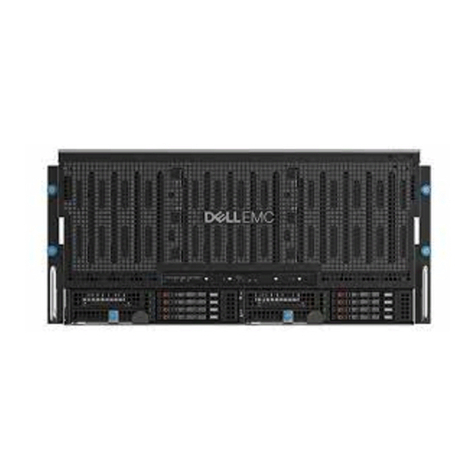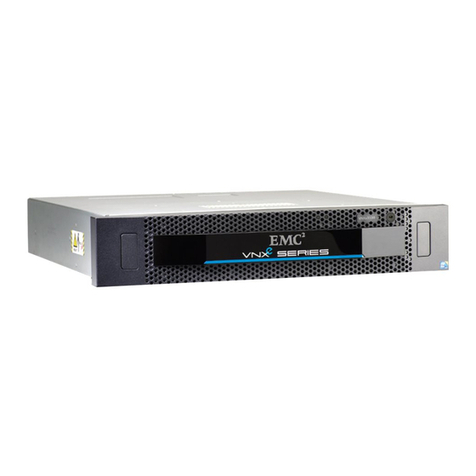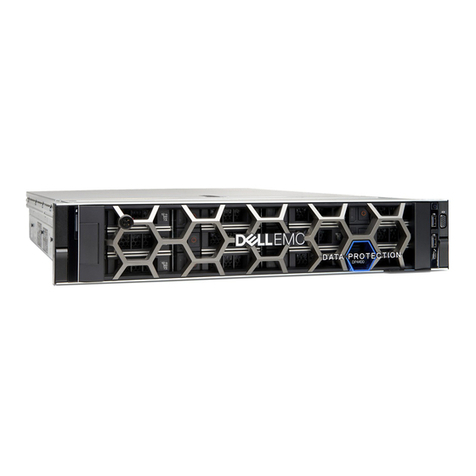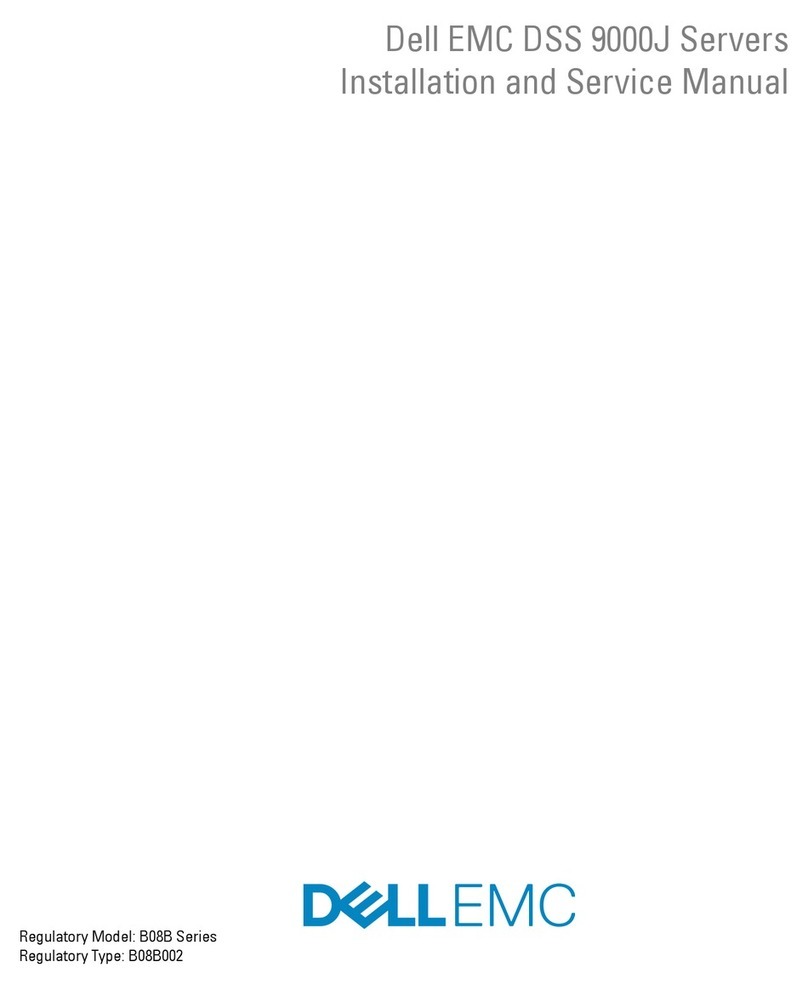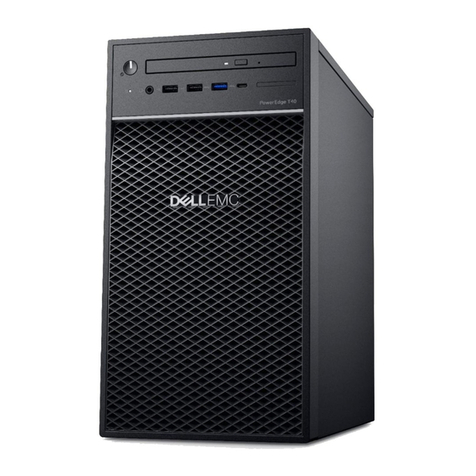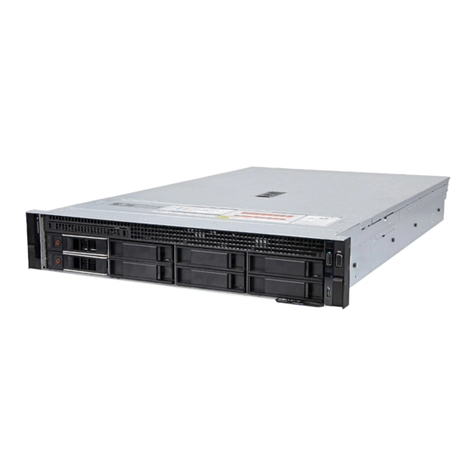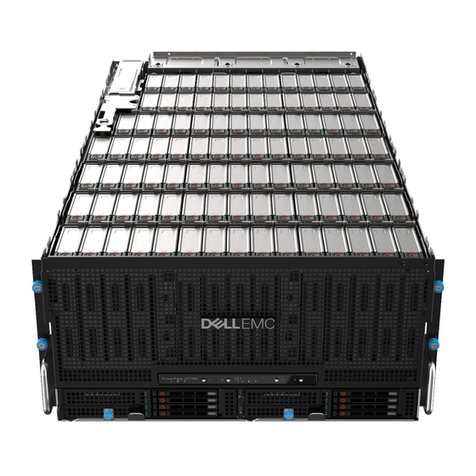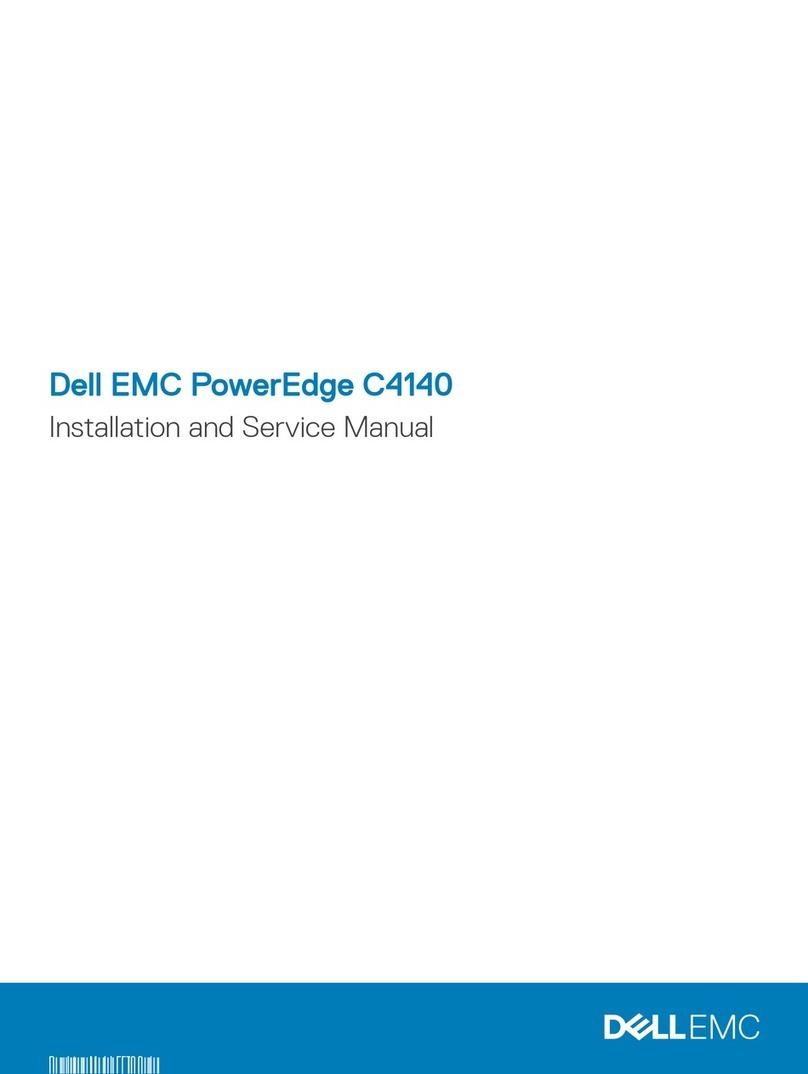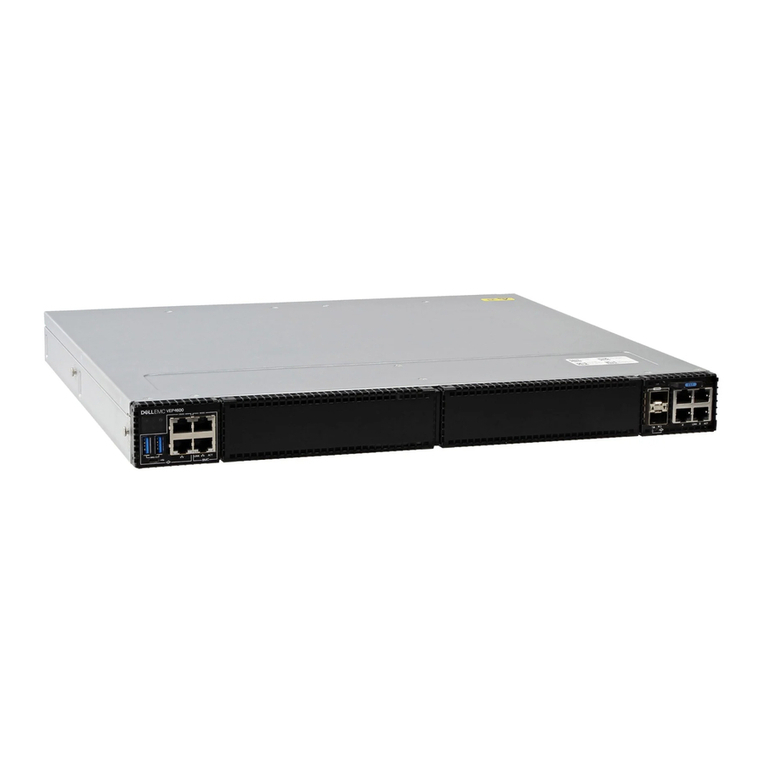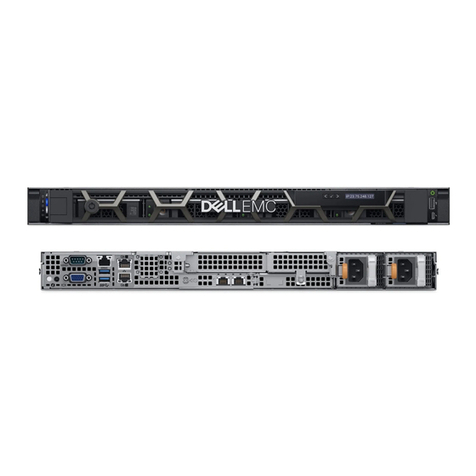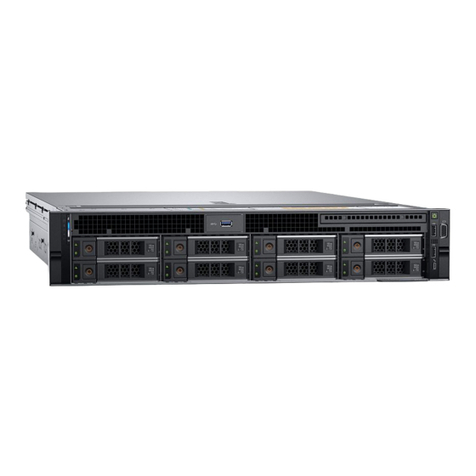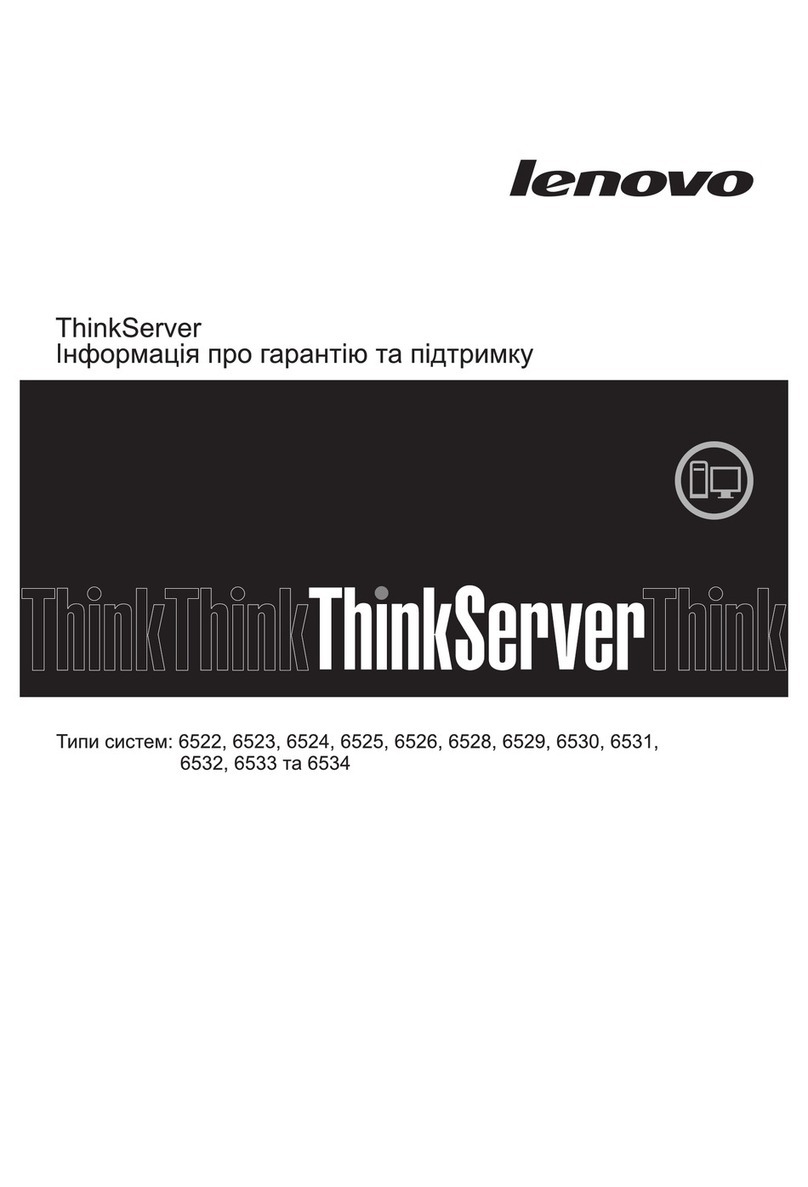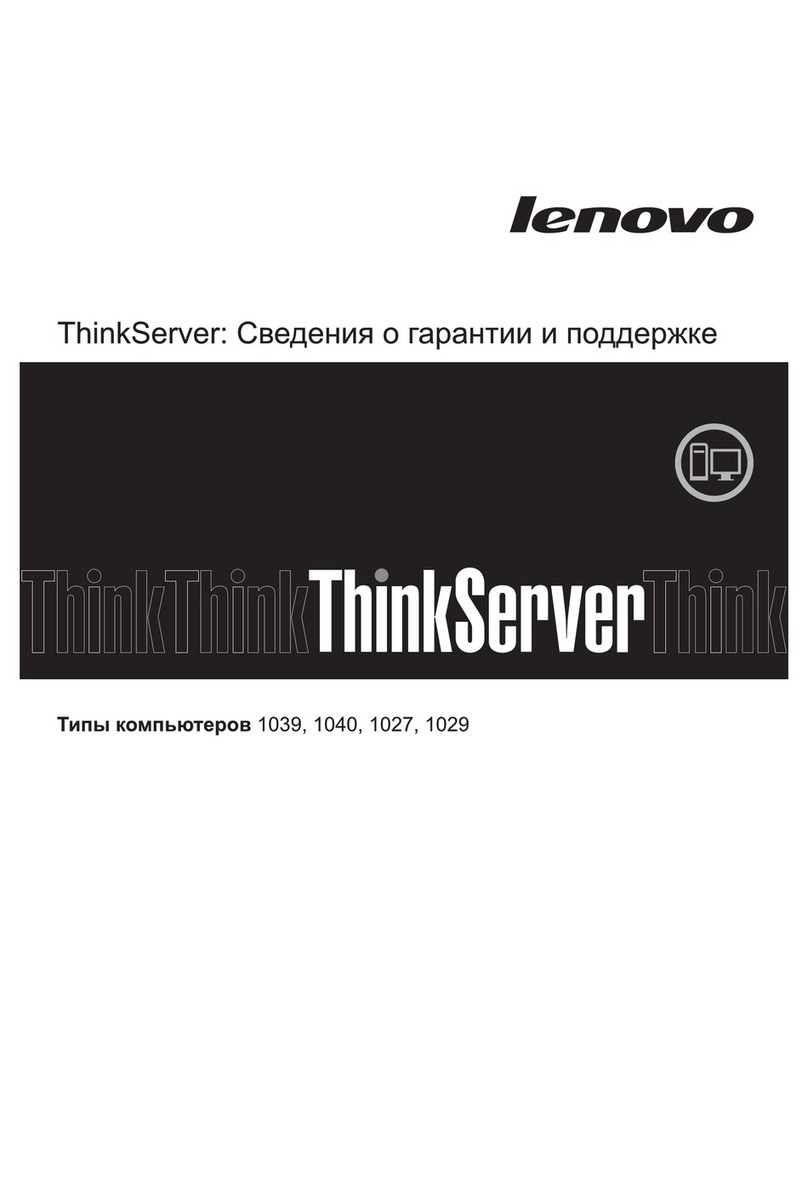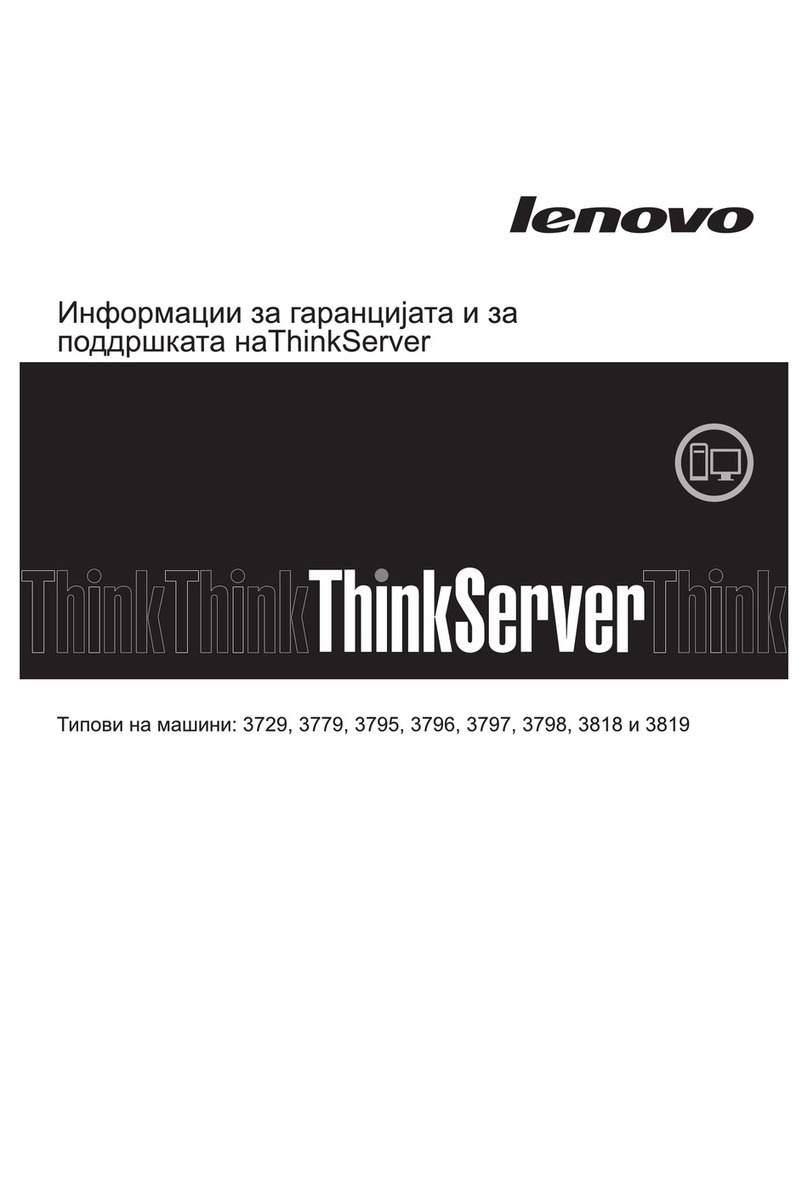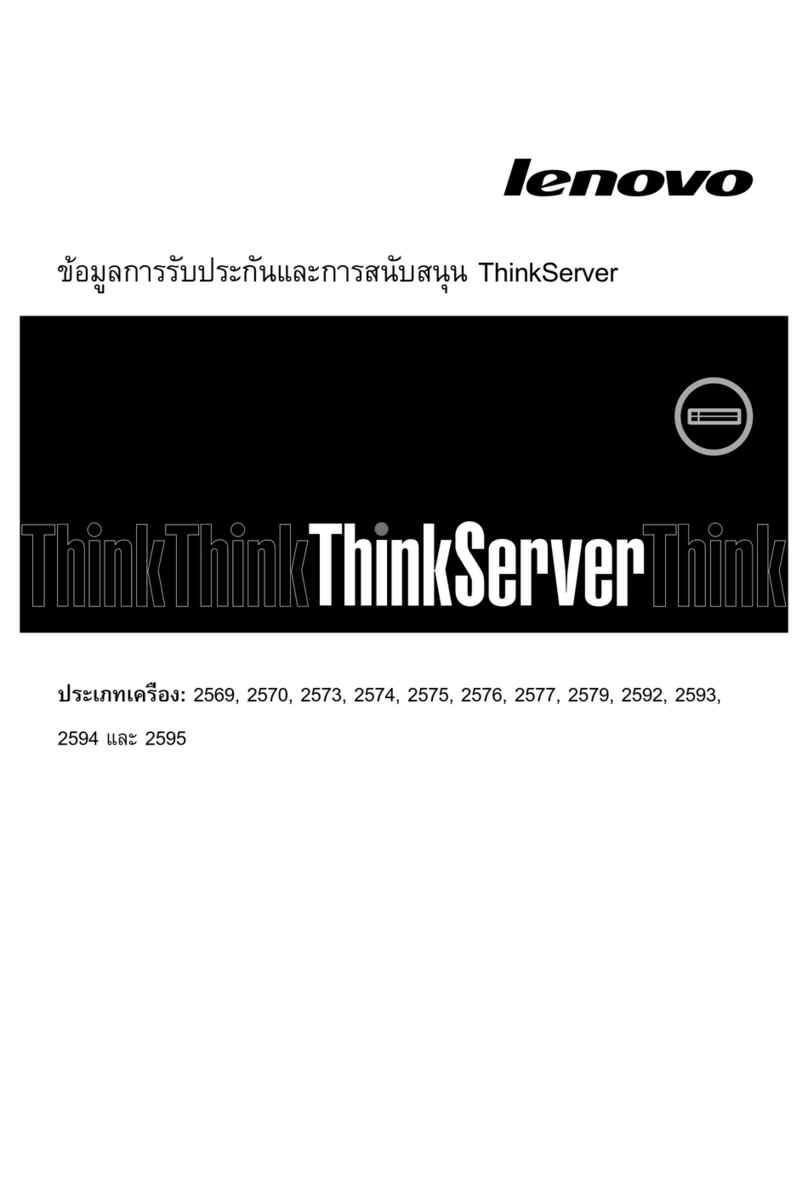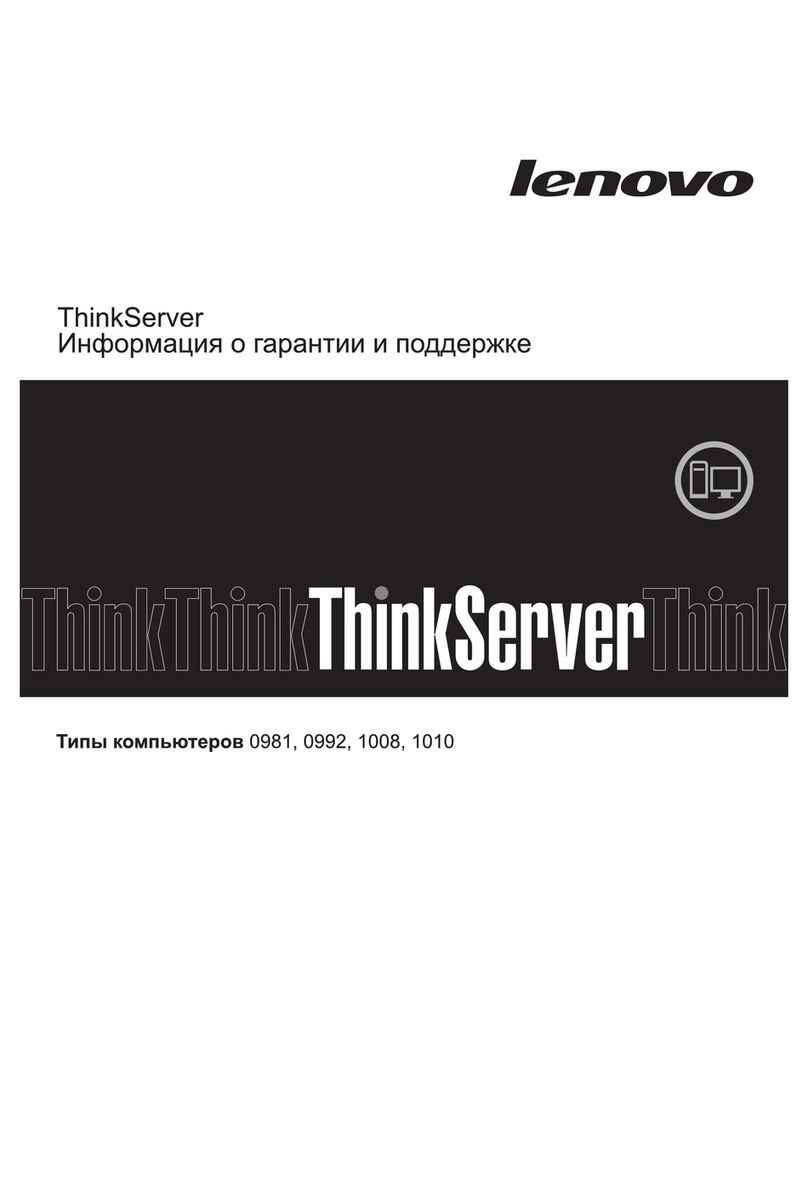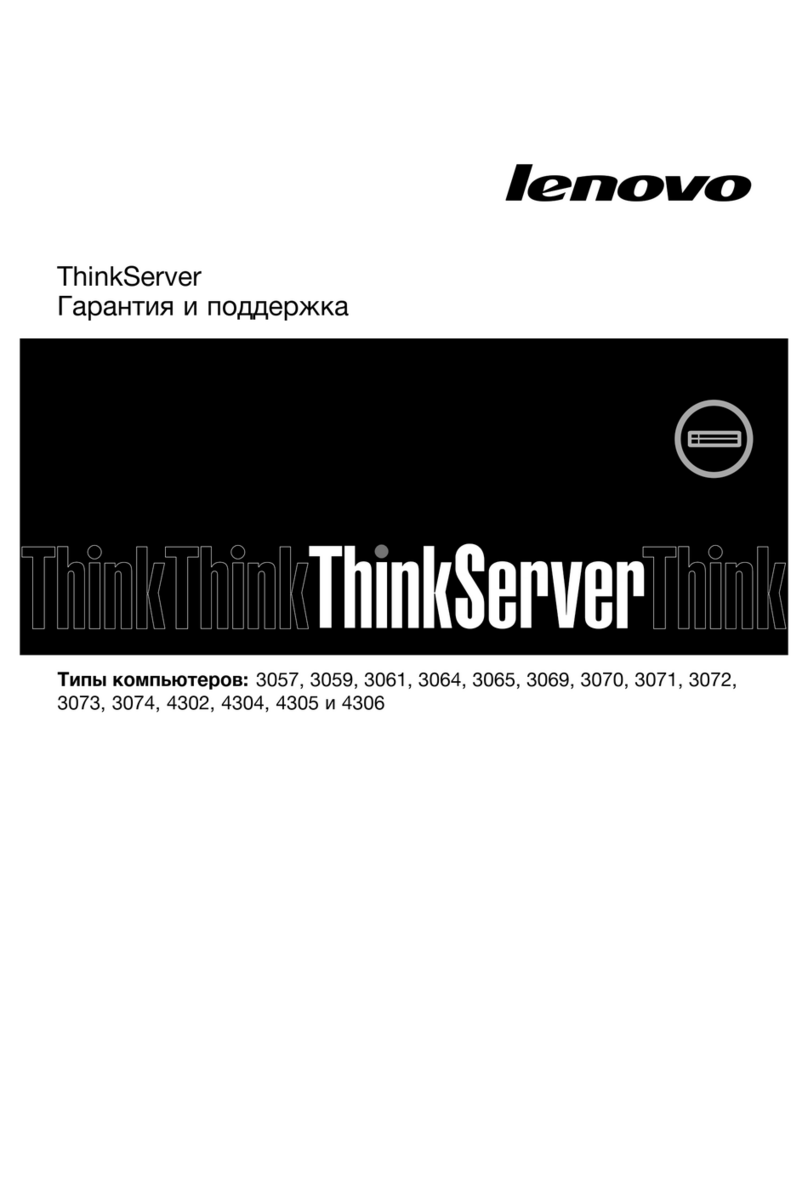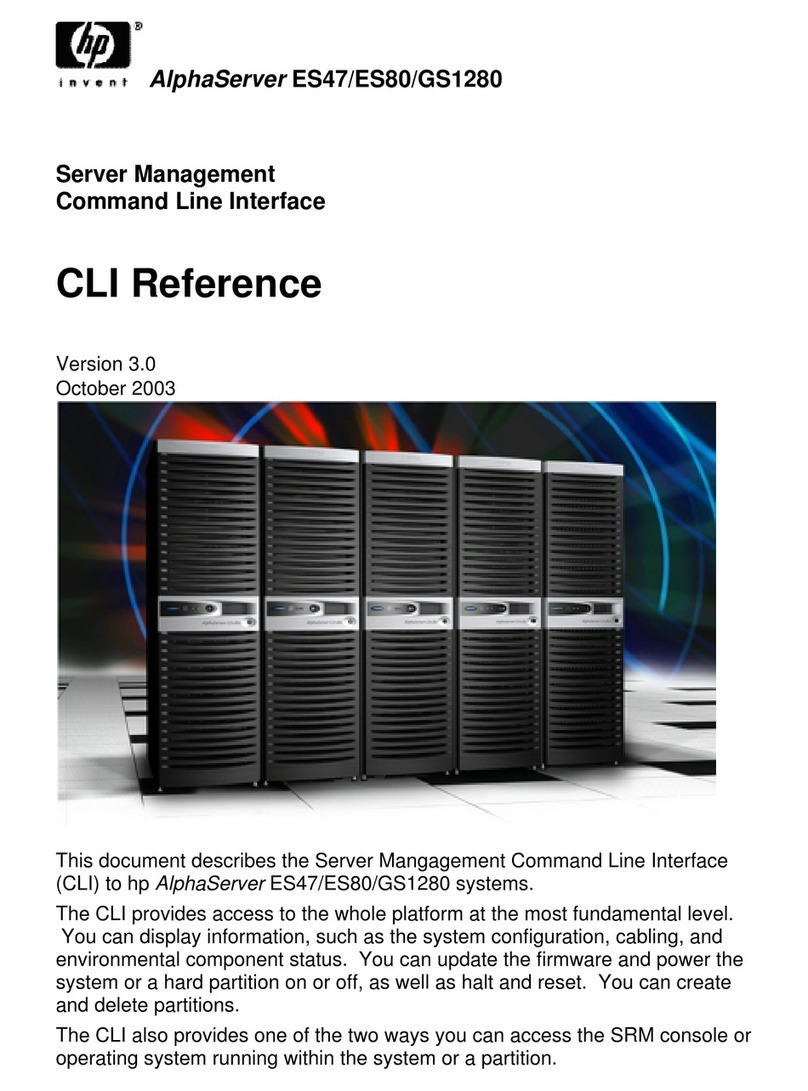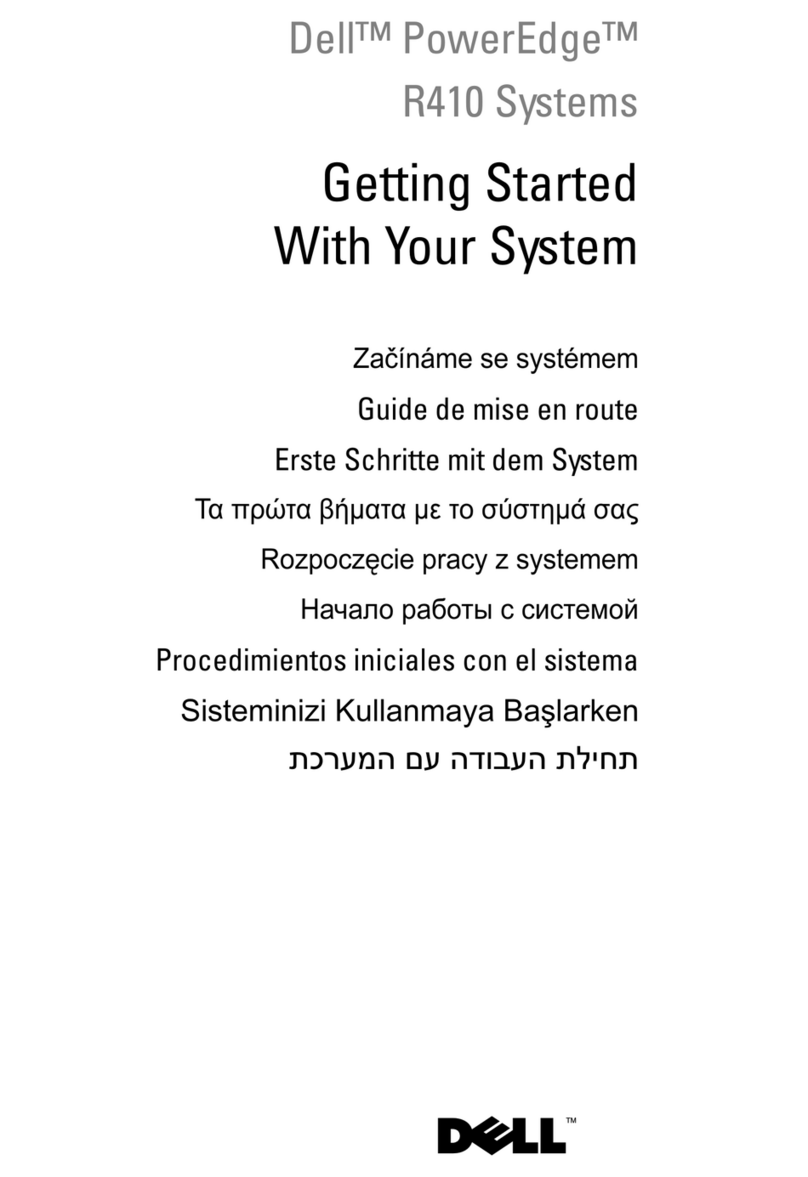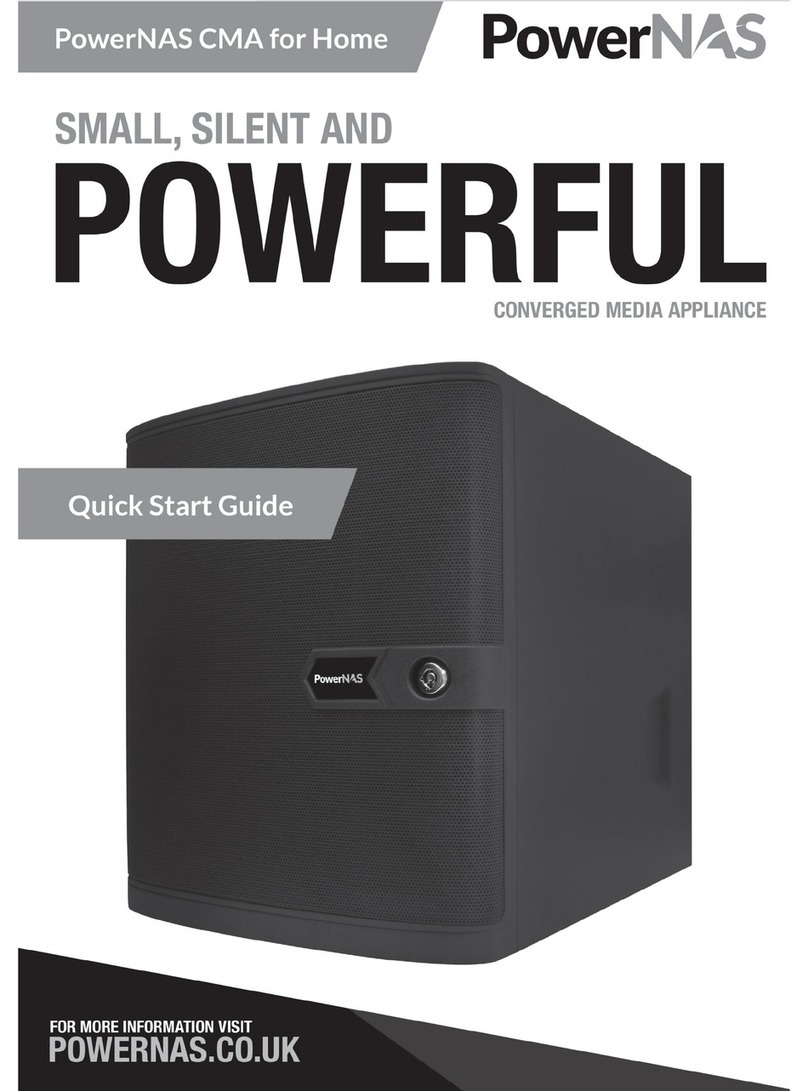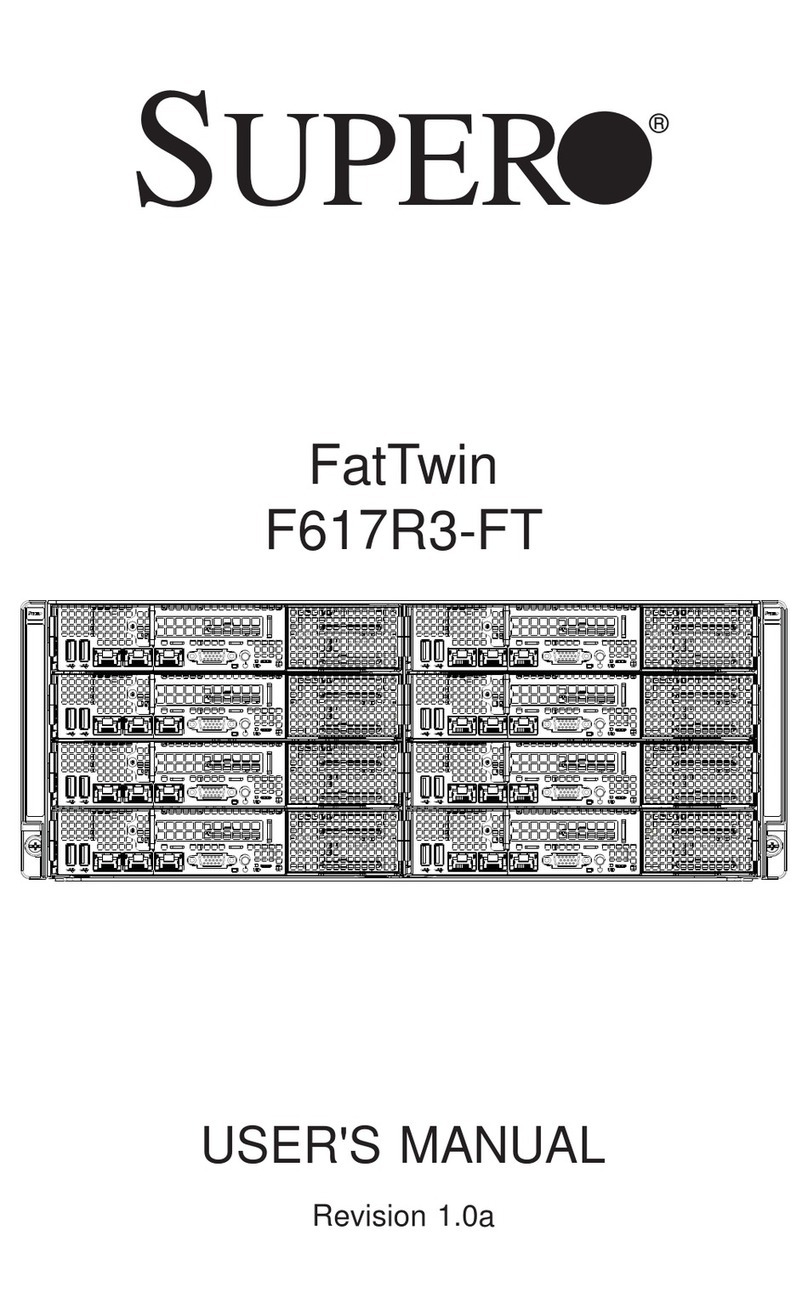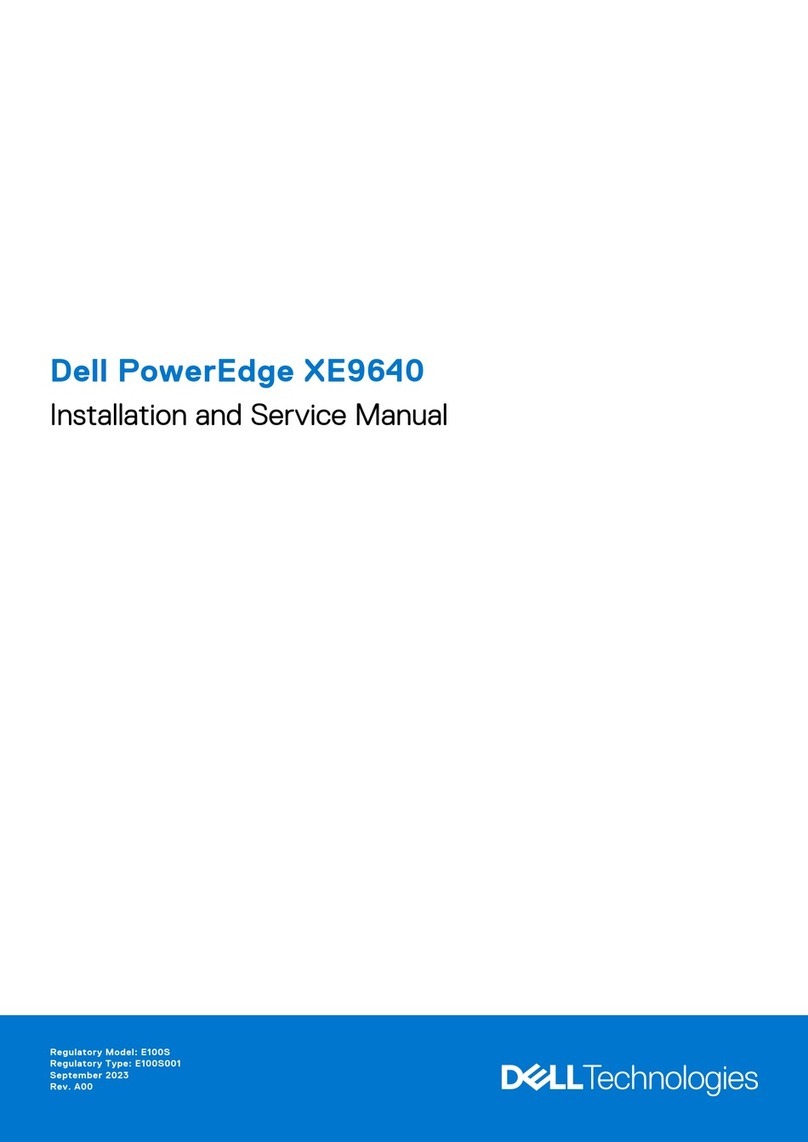5 | vCenter Planning Guide
© 2019 Dell Inc. or its subsidiaries.
A VxRail Cluster’s virtual infrastructure is managed by a single vCenter Server instance, either VxRail vCenter
Server or Customer Supplied vCenter Server. At this time, when a VxRail Appliance is deployed, the vCenter
deployment type is selected and is difficult to change. If a customer wants to make a change, for VxRail 3.5
and 4.0.1 it would require a factory reset and all data would need to be wiped from the VxRail appliance and
reinstallation would be required. Migrating a VxRail 4.0.2 vCenter Server to a Customer Supplied vCenter
requires an RPQ. Starting with VxRail 4.0.301 your Dell EMC service team can do this procedure.
VxRail vCenter Server
As part of a VxRail deployment, a vCenter Server instance with an external Platform Service Controller is
configured. The vCenter Server and the PSC are separate Linux-based virtual machines. Both the VxRail
vCenter Server and PSC are deployed on the VxRail Appliance cluster it is managing and cannot be moved off
the cluster after deployment.
The VxRail vCenter license is for the VxRail vCenter Server and is not transferable to be used for a Customer
Supplied vCenter Server. As such, it can be considered a limited or restricted use vCenter Server license as will
be seen by the use cases supported and the list of limitations below.
Use Cases
A VxRail vCenter Server is an ideal choice for:
•Small configurations
•Standalone environments
Limitations
•The VxRail vCenter Server will only manage its own VxRail Cluster.
▪It cannot manage other VxRail Clusters.
▪It cannot manage any other ESXi hosts.
▪It cannot be used as a Customer Supplied vCenter Server.
•Enhanced link mode is not supported.
•Single Sign-On domain cannot be customized and will be vsphere.local.
Prior to VxRail 4.5.200, VxRail vCenter Server does NOT support these:
•With Stretched clusters in case of an Inter-Switch Link (ISL) failure, all virtual machines that are not on
the same site as the vCenter will be powered off. Thus, special attention is needed when planning to
deploy an internal vCenter.
•Prior to VxRail 4.5.200, the VxRail vCenter Server does NOT support encryption.
Customer Supplied vCenter Server
The figure below shows an example where multiple VxRail clusters are part of a Customer Supplied vCenter
environment. Each cluster appears as a separate cluster within vCenter. In addition to centralized
management, being part of the same vCenter environment allows VMs to be easily migrated into and between
vSAN environments for optimal workload balance and simplifies VxRail Appliance upgrades and expansion.
